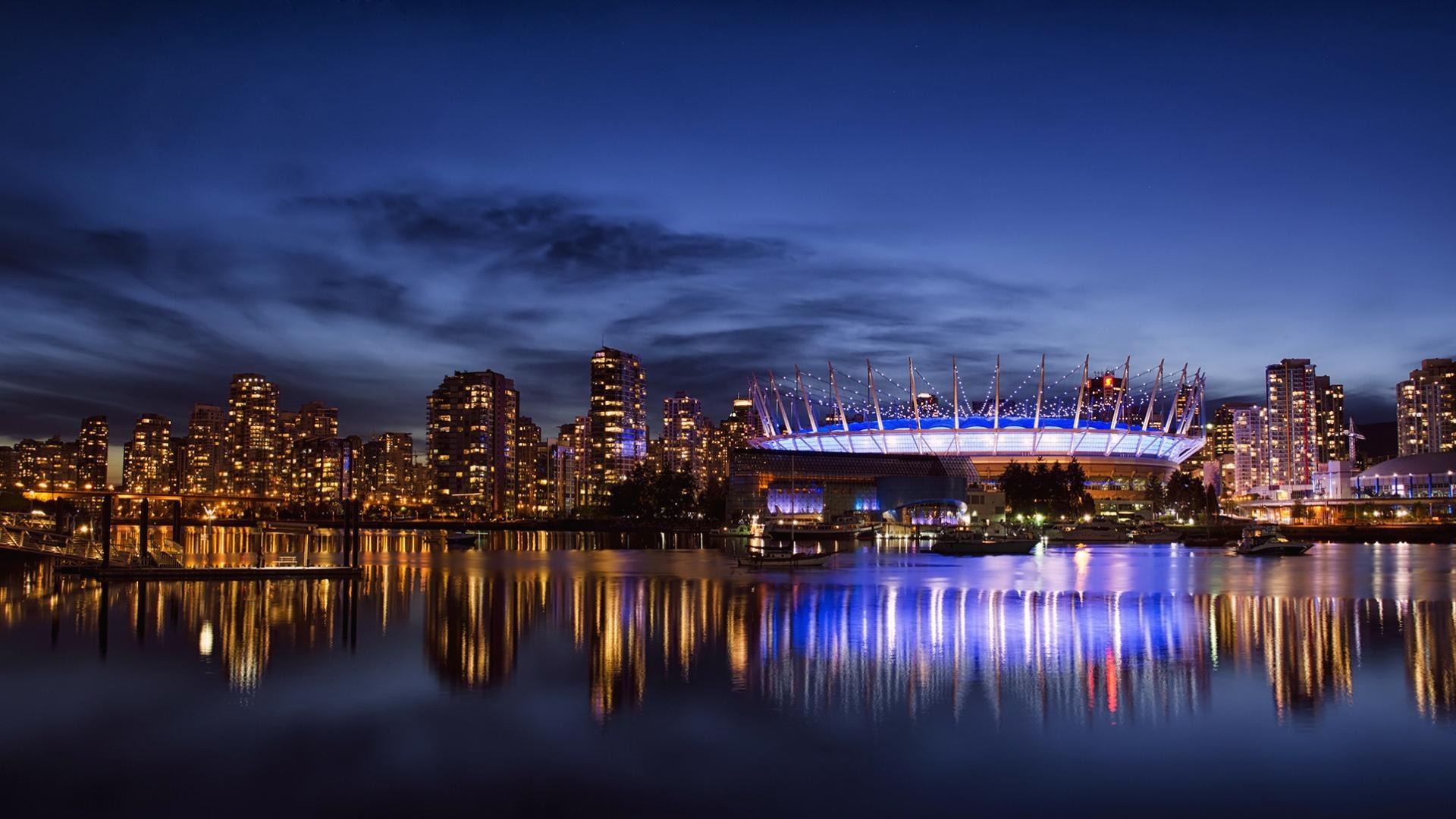'We will take a final investment decision on a $4bn blue ammonia project early next year': CF Industries
CF Industries plans to take a final investment decision on a new blue ammonia facility early next year.
With 1.4 million tonnes a year of production capacity, the project would be even larger than the US fertiliser company’s Donaldsonville No. 6 plant — the world’s biggest single grey NH3 production unit built to date (which, incidentally, is part of a complex due to be retrofitted with carbon capture equipment to enable production of blue ammonia).
“Our evaluation of the greenfield low-carbon ammonia plant is advancing well with a final investment decision expected in early 2025,” chief operating officer Christopher Bohn told an analyst call this week.
“We are nearing completion of our autothermal reforming ammonia plant FEED [front-end engineering design] study, giving us greater clarity on the capital required to construct new capacity.”
However, CF Industries CEO W. Anthony Will told the call that the cost of the project would be “in the neighbourhood of $4bn”.
This is double the $2bn estimate that had been announced by state agency Louisiana Economic Development in September 2023.
The fertiliser company is confident that low-carbon ammonia will be competitive, particularly when exported to Europe as the EU phases in its Carbon Border Adjustment Mechanism (CBAM).
Bohn noted that European ammonia production capacity is already being shut down, increasing dependence on imported volumes.
“By 2030, we would see that there’d probably be another three million to four million nutrient tonnes of imports required into Europe,” the COO estimated, adding that some of this would take the form of raw ammonia and some the form of upgraded nitrogen fertilisers.
While ammonia production within Europe would have to meet a target of 42% renewable hydrogen use by 2030, analyst BNEF has previously suggested that this would not apply to imports of fertilisers.
CBAM is set to kick in from 2026 — the same year the European fertiliser industry’s free allowances will start to be phased out — adding the weekly average auction price of the EU’s Emissions Trading System certificates onto imports of a variety of products—including hydrogen and ammonia.
Bohn estimated that by 2034, when free allowances are fully phased out, grey ammonia could cost $150 per tonne more than the product of an ATR that has sequestered 95% of its emissions.
“With the average sale price in the neighbourhood of $450 a metric tonne, along with the 45Q benefit [a tax credit for carbon capture projects] that we would expect to be able to generate, that should earn a reasonable rate of return on the kind of investment that we’re looking at making here,” Will said.
CF Industries is also betting that demand from global markets for cheap, low-carbon ammonia will vastly outweigh available supply in the late 2020s.
Air Products and OCI have both announced final investment decisions on large-scale blue NH3 production capacity for the latter half of the decade, while Bohn highlighted that Qatar is also expected to bring a project onstream in 2028.
“We don’t believe that the true projects that are moving forward is really building that supply side,” the COO said, although he did not mention whether there would be any likely competition with green ammonia producers.
While ATR technology is expected to be more expensive on a capital basis than steam methane reforming (SMR), Will argued that the difference in cost shrinks once the expense of flue gas capture from the latter is factored in.
“One of the big differences that you end up with is more tonnage of production coming out of an ATR in general than an SMR,” he added.
Will noted that the Donaldsonville No. 6 unit, which reportedly has a nameplate capacity of 3,600 tonnes a day, already produces 10% more than its nameplate would suggest. “The ATR would be quite a bit larger than that plant even.”
The fertiliser company is in talks with potential equity partners on the ATR project. But despite the talk of exports to Europe, publicly announced interest in equity and offtake from the project has mainly come from East Asian companies.
Korean steelmaker Posco had in 2023 announced its intention to form a joint venture with CF Industries to develop the project with an eye towards offtake.
Japanese energy company JERA had in April this year signed a joint development agreement that would see it take 48% ownership and procure more than 500,000 tonnes of low-carbon ammonia to be co-fired with coal at its power plants in Japan.
“Initially, we were focused on or structured an agreement around 52% equity,” said Will.
“I could see a scenario that would have us take less than 50% total equity based on the desires of a couple of the partners we’re talking to. We would want operating control and voting control in that kind of joint venture scenario, but it’s entirely possible that we would end up at or below 50% of the total equity.”
Source: HydrogenInsight


